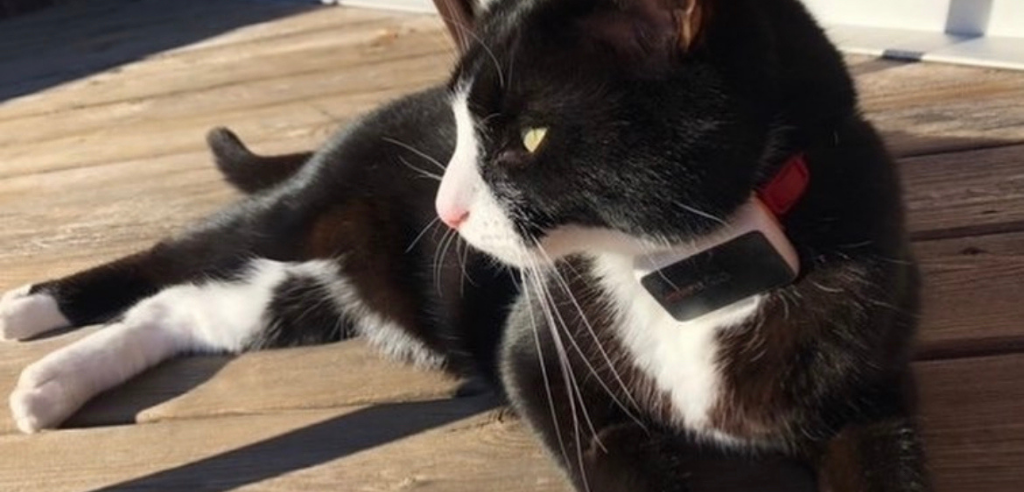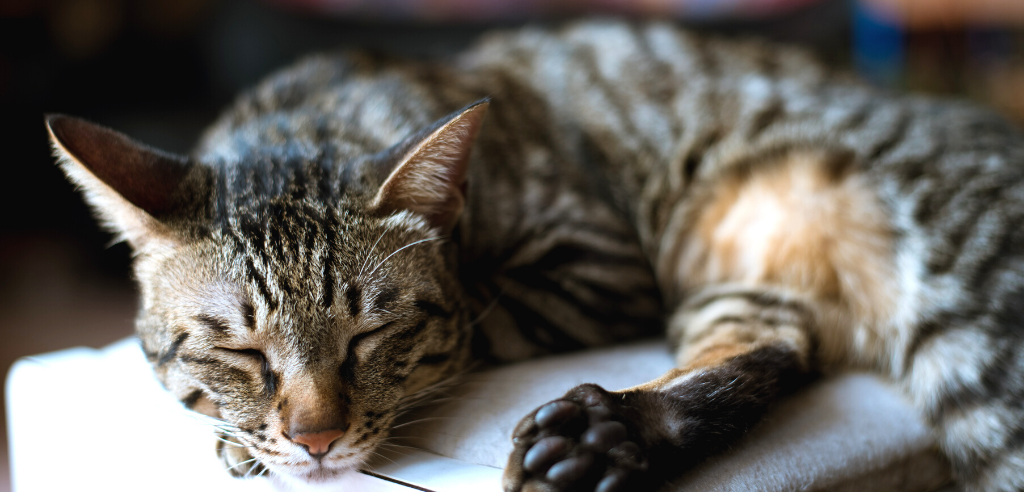It’s normal for cats to occasionally stay out longer than they usually do but if your cat is missing for 12 or more hours, you’ll want to act fast to find them and bring them home safely.
Here’s what you need to do if your cat goes missing and how to prevent your cat getting lost again…

Before you start panicking, make sure you thoroughly check your home and garden. Cats are known for sleeping in strange places so they might be having a cat nap in somewhere you haven’t thought to look.
Ask your neighbours if they can also check their gardens and their sheds and greenhouses in case your cat has gotten trapped inside.
If your cat has been missing overnight or longer and it is very unlike their usual routine, you should move on to searching the wider neighbourhood, putting up posters and contacting the relevant organisations.
If your cat is microchipped, contact the microchip database their chip is registered to as soon as possible. This will flag their details for when they are found.
Get a search party going and start looking around your local neighbourhood, especially in the early morning and evening when cats are typically more active. Take a torch and a bag of your cat’s favourite treats with you and stop regularly to shake the bag and call their name. Wait a few seconds to see if you hear anything before moving on.
Start putting up posters in your local area. Including a few pictures of your cat from different angles, list any distinguishing features, and include your contact details. Even if your cat has a collar on with your contact information on, it may have fallen off.
Contact as many vet practices in your area as possible. If your cat has been found injured, it’s likely they could have been taken to a local vets for treatment.
Reach out to local animal re-homing centres to alert them that your cat is missing and drop off a missing poster. This way they’ll be able to look out for your cat and can get in touch with you if your cat is handed into them.
Social media is a powerful tool so use it to your advantage. If you have a local neighbourhood group on Facebook, share some pictures of your cat as well as your contact information and ask people to check their homes and gardens keep an eye out for your cat. You will also want to share your cat’s information in missing pet groups and on websites.
Be prepared for people to get in touch after finding cats that aren’t yours. It’s likely to happen a few times but try to stay positive that your cat will be found.
If someone does get in touch to say they have found your cat, make sure to ask all the right questions to confirm it actually is your cat (like distinguishing features, etc.). When you go to collect them, we recommend taking a friend with you.
If it is your cat, get back in touch with all the places you contacted to let them know your cat is found and take down your posters.

Once they’re back home, you can finally relax and give them lots of love and cuddles. Give them a check over too for any signs of injury and if you’re worried about their health, take them to your vet for a check-up.
If you’re worried about your cat getting lost again and want some peace of mind, you might want to get a GPS tracker to attach to their collar.
Our Pawfit 2 tracker is lightweight and comfortable enough to be worn on your cat’s collar and you’ll always be able to see where they are via the map in the Pawfit app.



